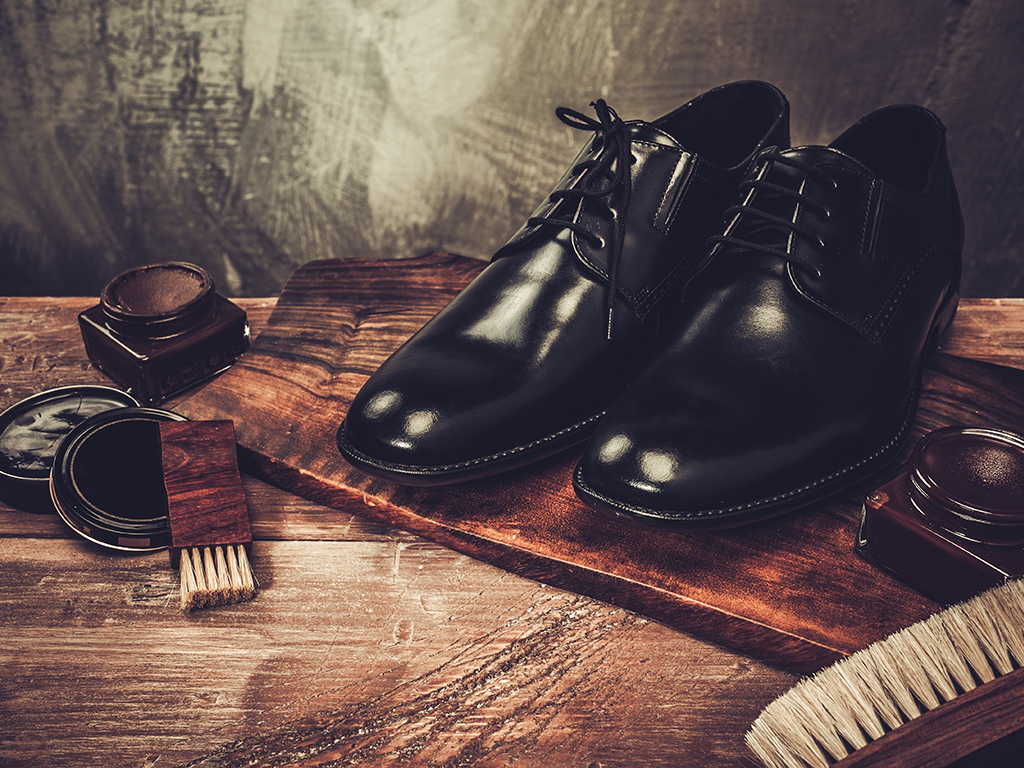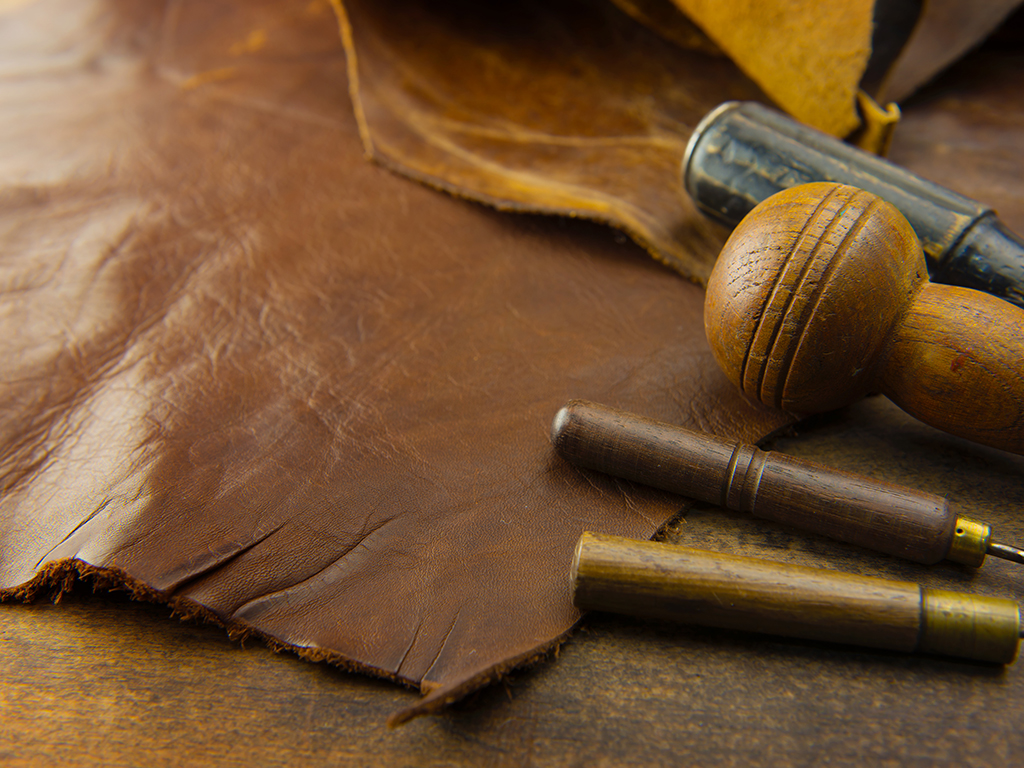Footwear manufacture reduced to mere survival – Footwear industry imperiled by unfair competition, dependence on the import, high taxes...
 Wednesday, 13.07.2016.
Wednesday, 13.07.2016.
 14:34
14:34

– The footwear industry of Serbia currently consists of around 300 enterprises, in which around 10,000 workers are employed, mainly female workforce. This industry is oriented towards the export and dependent on the import – they claim in the CCIS.
The data shows that the leather and footwear industry's import amounted to USD 435.7 million in 2015, which is 10% more than in 2014. The foreign trade balance is negative and amounts to USD 120.4 million.
In 2015, leather and footwear manufacturers produced less by 16.1% relative to 2014. The supplies are larger by 4.7%, and the realization smaller by 17.4%.
Ceco Line from Novi Pazar has been producing footwear for over 20 years. Depending on the demand, they produce up to 300 pairs of shoes a day. The production facility in Novi Pazar makes 25,000 pairs of shoes a year, meant for local buyers and the markets in former Yugoslavia, Russia and Germany, and 80% is meant for the export.
Senad Avdovic, owner of the company, says that the crisis has reduced the manufacture to a minimum for mere survival.
– It keeps getting worse and many shoemakers are giving up and switching to other professions. We are not satisfied with our business activities, we are managing to survive, but it's a constant struggle.

The CCIS points out that the local livestock population is getting smaller each year, which means that it will only become harder to get quality raw hide in Serbia in the period to follow.
In addition to the lack of raw materials, the manufacturers are troubled by unfair competition, gray economy, high taxes and the lack of qualified young workforce. They see the solution in increased customs and inspection supervision, the lowering of income taxes and other para-fiscal charges, the stimulation of the export and the improvement of education.
– The state won't listen. It should take more care that the declarations are followed, since the quality of goods in the market varies. Local manufacturers should come first and the state should improve the manufacture through loans or the lowering of income taxes, as it has been done in B&H – Avdovic points out and notes that it is necessary to react as soon as possible in order to remain competitive.
In addition to enterprises which produce their own brands exclusively, a large number of manufacturers in Serbia makes footwear or shoe parts for famous world brands through toll manufacturing. Though it may seem glamorous that Prada or Valentino shoes are being manufactured in Serbia, the experts warn that this isn't a recipe for reviving the industry.
– Serbia's developmental perspective cannot be based on toll manufacturing, since it makes very little money for the manufacturers, as the added value level is low, and there's strong competition in the international market – they say in the CCIS.

Manufacturers and trade
All kinds of footwear are produced in Serbia: male and female, designer leather shoes, sports shoes, shoes for children, rubber, plastic and protective shoes for various professions.
The companies which have managed to persevere in the market and are successfully manufacturing footwear, according to the data by the CCIS, are: Gepard Novi Sad, Mineks Vranje, Fratelli Babb Obrenovac, R.V. Belgrade, Marko Belgrade, MUBB Belgrade, Dijana Cuprija, Aleksandar Cuprija, Tigar Pirot, Ukus Kovacica, Kanin Nis, Bosa, Ceco Line Novi Pazar and others. Significant manufacturers of children's footwear are: Baldino Belgrade, Pavle Bela Palanka, Grubin, Grey Stara Pazova, Pantarei Kragujevac, Vumo Ugrinovci, Leon Sabac, Milami Pozarevac, Pollino Zemun.
Foreign companies which manufacture footwear in Serbia are: Progeti Vladimirci, Falc East Knjazevac, GEOX Vranje, Insert Ruma, Leonardo Subotica and others.
Over 50% of the export of the leather and footwear industry of Serbia is directed to the Italian market, from which most of the import comes too, around 40%.
Ivana Bezarević
 Industrija obuće a.d. Beograd
Industrija obuće a.d. Beograd
 Udruženje za industriju tekstila, odeće, kože i obuće PKS Beograd
Udruženje za industriju tekstila, odeće, kože i obuće PKS Beograd
 Privredna komora Srbije
Privredna komora Srbije
 Ceco Line Novi Pazar
Ceco Line Novi Pazar
 Gepard Novi Sad
Gepard Novi Sad
 Minex d.o.o. Vranje
Minex d.o.o. Vranje
 Fratelli babb Obrenovac
Fratelli babb Obrenovac
 R.V. Beograd
R.V. Beograd
 Obuća Marko d.o.o. Zemun
Obuća Marko d.o.o. Zemun
 MUBB-PRODUCT Zemun
MUBB-PRODUCT Zemun
 Dijana Mijatovac Ćuprija
Dijana Mijatovac Ćuprija
 Aleksandar Ćuprija
Aleksandar Ćuprija
 Tigar a.d. Pirot
Tigar a.d. Pirot
 Kanin d.o.o. Niš
Kanin d.o.o. Niš
 BOSA SHOES Novi Pazar
BOSA SHOES Novi Pazar
 Baldino Beograd
Baldino Beograd
 Pavle d.o.o. Bela Palanka
Pavle d.o.o. Bela Palanka
 Grubin Export-Import d.o.o. Stara Pazova
Grubin Export-Import d.o.o. Stara Pazova
 Grey d.o.o. Stara Pazova
Grey d.o.o. Stara Pazova
 Vumo d.o.o. Ugrinovci
Vumo d.o.o. Ugrinovci
 Technic Development d.o.o. - u likvidaciji
Technic Development d.o.o. - u likvidaciji
 Leon d.o.o. Slepčević
Leon d.o.o. Slepčević
 Milami PoĹľarevac
Milami PoĹľarevac
 Pollino Beograd
Pollino Beograd
 Progetti d.o.o. Vladimirci
Progetti d.o.o. Vladimirci
 Falc east doo KnjaĹľevac
Falc east doo KnjaĹľevac
 Insert d.o.o. Ruma
Insert d.o.o. Ruma
 Leonardo d.o.o. Subotica
Leonardo d.o.o. Subotica
Most Important News
06.04.2024. | Agriculture
Preconditions for Placement of Fresh Blueberries and Dried Plums in Chinese Market Secured

16.04.2024. | News
Jovan Ciric, Leasing Director Retail MPC Properties – MPC Echo symbolizes our desire for good ideas and innovative endeavors to spread freely and bring about positive changes

16.04.2024. | News
10.04.2024. | Finance, IT, Telecommunications, Tourism, Sports, Culture
Creative Industry – What This Serbian Economy Sector Worth EUR 2 Billion Encompasses

10.04.2024. | Finance, IT, Telecommunications, Tourism, Sports, Culture
22.04.2024. | Industry, Transport
Serbia to develop project of “flying taxis” for EXPO with Airbus – Signing of memorandum announced

22.04.2024. | Industry, Transport
16.04.2024. | News
Economy Fair in Mostar opens – 26 companies from Serbia exhibiting

16.04.2024. | News
22.04.2024. | Transport
City of Belgrade selling garages – Initial price EUR 7,000

22.04.2024. | Transport


 Izdanje Srbija
Izdanje Srbija Serbische Ausgabe
Serbische Ausgabe Izdanje BiH
Izdanje BiH Izdanje Crna Gora
Izdanje Crna Gora


 News
News






